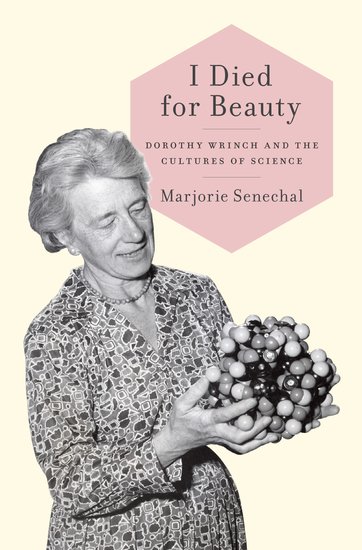By Marjorie Senechal
In the heyday of the British Empire, Britain’s second most-widely-read book, after the Bible, was: (a) Richard III (b) Robinson Crusoe (c) The Elements (d) Beowulf ? Why do I ask?
“Since late medieval or early modern time,” Michael Walzer writes in Exodus and Revolution, “there has existed in the West a characteristic way of thinking about political change, a pattern that we commonly impose upon events, a story that we repeat to one another. The story has roughly this form: oppression, liberation, social contract, political struggle, new society…. Because of the centrality of the Bible in Western thought and the endless repetition of the story, the pattern has been etched deeply into our political culture. It isn’t only the case that events fall, almost naturally, into an Exodus shape; we work actively to give them that shape.”
The second-most-widely-read book plays that role in Western thought too: (c) The Elements by Euclid. Since late medieval or early modern time, there has existed in the West a characteristic way of organizing knowledge, a pattern that we commonly impose upon observations, concepts, and ideas, a pattern we teach our children. Because of the centrality of Euclid in Western education and the endless repetition of his axioms, definitions, theorems and proofs, the pattern has been etched deeply into our intellectual culture. It isn’t only the case that knowledge falls, almost naturally, into a Euclidean shape; we work actively to give it that shape.
Euclid was the geometry of the medieval university and the bedrock of European education for centuries. It wasn’t just about the triangles; Euclid sharpened your mind, trained your logic. His clever proofs were the very model of argument. To master Euclid was to master the world, the world around you and beyond. “Nature and Nature’s laws lay hid in night; God said, Let Newton be! and all was light.” And what did Newton’s lamp look like? See for yourself in the Principia Mathematica. “All human knowledge begins with intuitions,” said Kant, “proceeds from there to concepts, and ends with ideas.” Where do you think he got that? Euclideana even permeates our politics, but for this blog I’ll stick to science.
Non-Euclidean geometries put an end to that? No, they didn’t. Non-Euclidean geometries substituted one axiom for another, but they kept Euclid’s vision of organized knowledge, his faith in deductive reasoning. Non-Euclidean geometry is as Euclidean as Euclid’s! So is the new, improved axiom set David Hilbert proposed for geometry in the 19th century. (It turned out that Euclid’s wasn’t perfect.) So is the quixotic Russell-Whitehead program, in the early 20th century, to reduce mathematics to logic. Modern mathematics is consciously Euclidean to the core. In 1900, in a still-influential address, David Hilbert proposed rewriting Newton for modern physics along this vision of organized knowledge.
Born in 1894, Dorothy Wrinch grew up in a London suburb. She aced the mathematics program at Cambridge University and then studied logic with Bertrand Russell. The naturalist D’Arcy Thompson was another mentor and friend; his Growth and Form was her bible. Tugged by philosophy, mathematics, and biology for a decade, she cast her lot with biology, determined to unravel it through the powerful lens of logic. The model of protein architecture she came up with catalyzed protein chemists despite or because of its weaknesses. Why?

With this map to guide her, she found what she was looking for. “A number of new sciences have passed from the embryonic stage,” she wrote in 1934. “Discarding description as their ultimate purpose, they are now ready to take their places in the world state of science. The thesis which I wish now to develop is but a logical consequence of the thorough-going application of this principle.” Her protein model was one such consequence.
Biology ripe for logic? Some natives were not amused. (Or they were.) “Her idea of science is completely different from theirs,” Linus Pauling put it. You betcha!
Euclid fell from his curricular throne and the British Empire collapsed at about the same time. Quantum mechanics scotched Hilbert’s program and Gödel scotched Russell’s. Biology has resisted Euclid too. Though the structures of thousands of proteins are now known in exact detail, their inner logic remains where Dorothy left it, the brass ring on the Nobel carousel.
Marjorie Senechal is the Louise Wolff Kahn Professor Emerita in Mathematics and History of Science and Technology, Smith College, author of I Died for Beauty: Dorothy Wrinch and the Cultures of Science, and Editor-in-Chief of The Mathematical Intelligencer. At the Join Mathematics Meeting, AMS-MAA Special Session on the History of Mathematics, II, Room 9, Upper Level, San Diego Convention Center, she is speaking on 5:00 p.m. on Saturday, 12 January, on Biogeometry, 1941.
Subscribe to the OUPblog via email or RSS.
Subscribe to only articles about mathematics on the OUPblog via email or RSS.




Recent Comments
There are currently no comments.